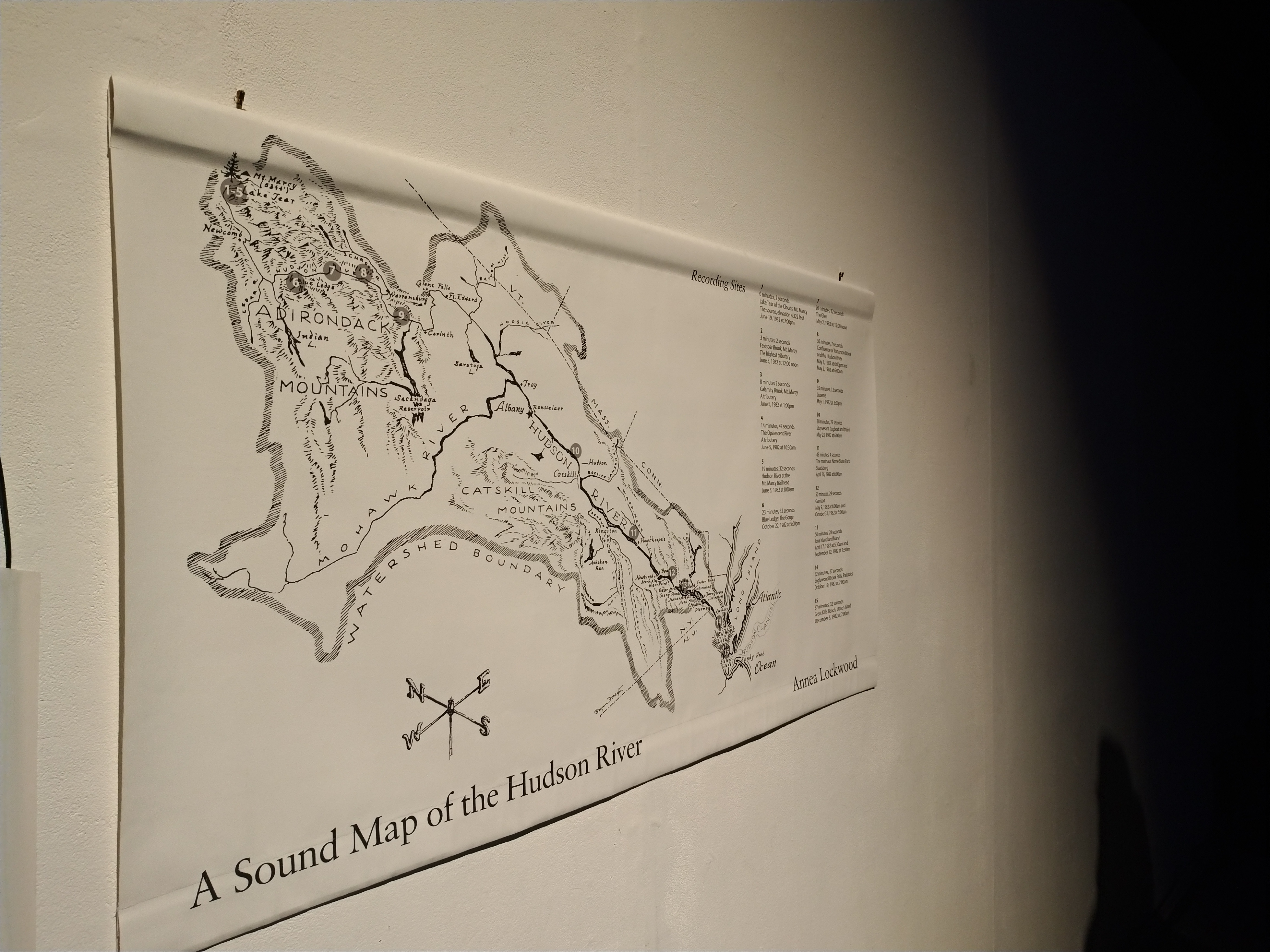
A fabulous concert at Kings Place last night by Riot Ensemble, crowned by a coda in memory of composer, singer and guitarist Alastair Putt. Putt’s Quincunx was commissioned by Riot in 2019 but because of the pandemic was only getting its premiere tonight, two months after Putt’s death. It is a really beautiful piece: intricate, clever, but light too; undogmatic and always surprising. Balanced somewhere between Britten and a hoedown (but much better than that makes it sound).
The big piece of the concert was David del Tredici’s Syzygy, sung by Sarah Dacey. Syzygy is a curious piece; there are some lovely moments, particularly in the first movement and at the start of the second, but it’s an oddly balanced work. I’m not sure it completely landed for me. Not because of the playing or singing, although one or two moments felt a shade uncertain. More that I wasn’t sure it was the right piece for this programme, or this venue.
Kings Place’s dry, detailed acoustic served much better the two pieces of the concert’s first half. Anna Korsun said she was nervous about how her Ulenflucht would sound – it was written for reverberant church acoustics – but being able to hear it all so precisely was magical; the dusk chorus effect of a circle of sounds emerging out of the hall itself was spellbinding, like being in a forest at twilight, with senses sharpened and all the accompanying mystery and terror.
But the star for me was Naomi Pinnock‘s (it looks like someone lived there), a setting – more a solution, really – of a line from Virginia Woolf’s To the Lighthouse. Listening, I could only think: this is what a Woolf setting should sound like. I wrote in my programme note – working just from the score – that the work’s opening alterations of notes and chords were ‘like the Woolfean swell of a wave’, but the piece captured much more than that: the surge and taper of Mrs Ramsay’s stream of consciousness; the distributed perspectives (achieved by the simplest of means, just one note for the voice and then the same one for the flute)’ the way that, in Woolf, the small things are big and the big things small, the slow things happen quickly and the quick things happen slowly. But then there was also a stilling, a farewell, that absolutely captured the atmosphere of the Ramsay’s decaying holiday home in Lighthouse‘s central section. Aaron Holloway-Nahum’s conducting, to sustain the momentum of this slow disintegration, was superbly controlled, but really the piece is a gift. ‘I don’t know how she does so much with … almost nothing’, he told me afterwards. ‘She’s a witch!’




